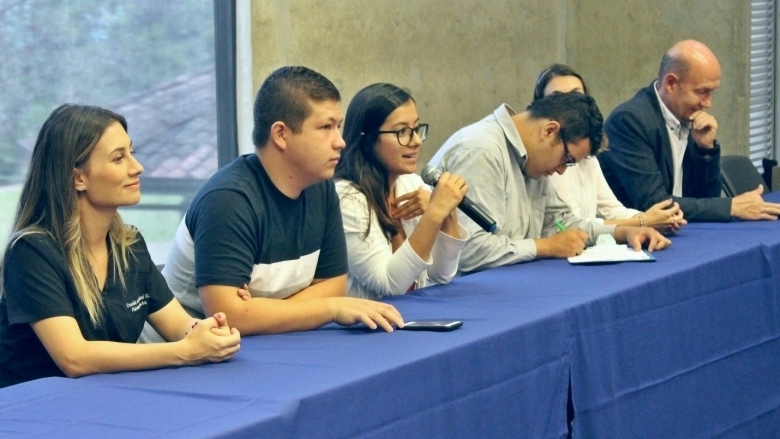Challenge
Colombia experienced a growth in gross higher education rate by 40% between 2006 and 2012, adding over half a million new students, and increasing the number of graduates by more than 50% since 2006. Yet, these numbers fell short of Colombia’s aspirations, and education policy remained centered on expanding enrollment and graduation rates. In addition, a highly privatized system and very inequal system for financing public education led to the further exacerbation of inequalities, particularly noticeable at the regional level as the majority of quality institutions were in metropolitan areas. Public financing of higher education had a large demand-side component, through student aid and loan programs financed through the Instituto Colombiano de Crédito Educativo y Estudios Técnicos en el Exterior - ICETEX (Colombian Institute for Educational Credit and Technical Studies Abroad). ICETEX is the only provider of long-term student loans, especially for vulnerable populations.
Approach
Since 2002 the Bank has helped ICETEX to face challenges on higher education in Colombia by financing long-term student loans from disadvantaged backgrounds called Tu Eliges. Students loans are allocated based on shifting priorities that are reflected in its allocation formula, which prioritize student merit, socioeconomic status, region of origin, quality of the institution or program (primarily measured through accreditation status) and expected repayment ability. The zero percent credit line was the most notable innovation, as traditional ACCES loans only financed 50–75% of tuition costs; this new credit line allowed students with no additional resources to borrow 100% of the amount needed for studying. The second key innovation was the Fondo de Garantías (Fund of Guarantees), which allowed approved students to borrow even in the absence of a loan co-signer (ACCES loans required it). Together, these innovations of Tu Eliges would allow the very poorest, who often lack any family saving or collateral, to also access higher education.
